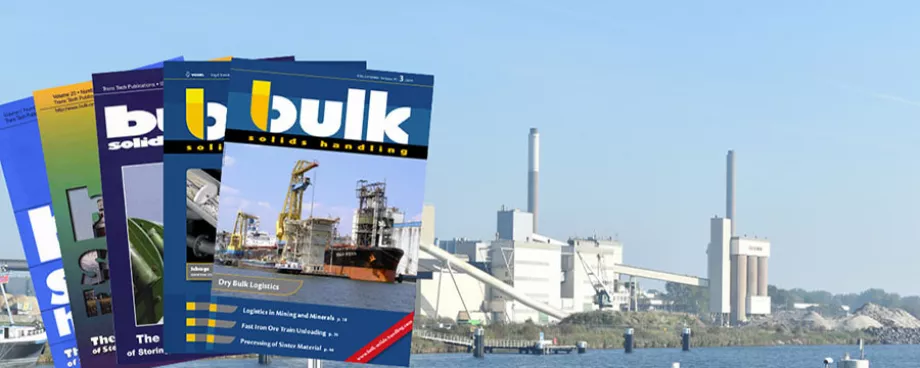Incorporating the principles of bulk solids flow, a method is presented to predict in absolute quantitative terms the wear which will occur at any location within a bin, hopper feeder chute, or other bulk solids handling equipment. In the design or modification of such equipment, this serves as an invaluable aid to the engineer when faced with questions of placement, quantity, type, and service life of wear resistant materials.
The ever increasing economic impetus for development of today's new pilot-scale processes invariably leads to large continuous processing plants rather than less economical batch plants. Since most of these processes involve handling bulk solids, the problem of wear in bins hoppers, chutes, conveying screws and other bulk solids handling equipment becomes increasingly important for the following reasons:
Significant cost savings can result from the proper choice of wear material because of decreased maintenance requirements and the avoidance of using expensive wear resistant materials when not needed.
A continuous process dictates that the reliability of the entire plant be dependent on almost every individual component station. Unexpected downtime of one component from wear can force the whole plant to cease operation – a very expensive incident.
The magnitude of cumulative wear increases with the continuous use of equipment.
Wear skyrockets as the size of bulk solids handling equipment increases from pilot scale to commercial scale. Quite often the expected wear for a commercial plant is extrapolated from pilot plant operating experience with disastrous results. The wear rate of a bulk solid sliding against a wear material increases with greater bulk solids pressure on the wear surface, and since the solids pressure rises with both increased height and diameter of equipment, the wear rate associated with commercial equipment can be many times that of pilot scale. The rate of wear also increases with the larger solids velocities generally associated with commercial scale equipment.
■






